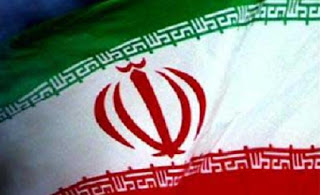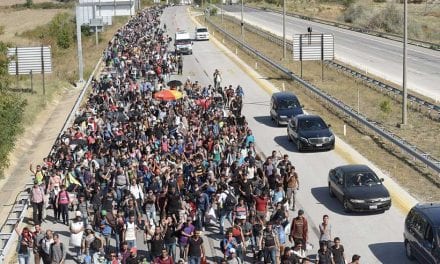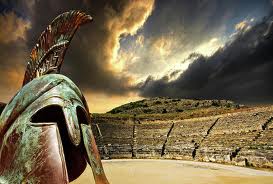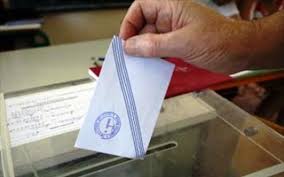By PERRY CAMMACK, The Hill
When peaceful protesters rise up against a despotic government, Americans are naturally supportive. This is especially true when the government those protesters oppose foments sectarianism and terrorism and avows “Death to America” as its revolutionary slogan. But the experience of the United States in the Middle East has not been a happy one in recent years.
As the Trump administration and Congress consider how to react to the dramatic popular uprising racing across Iran, here are some lessons they might wish to consider.
First, America’s ability to influence the dynamics of distant popular revolutions is limited. Should President Obama have been more outspoken during the Green Revolution in 2009? Should President Trump tweet less during the current revolt? Yes and yes. But the debate about which is the better approach misses the mark, given how marginal U.S. rhetoric is to the outcomes on the ground. A comparison with the Arab Spring in 2011 is instructive.
The United States did have influence in Egypt, by virtue of its large security assistance package, in dissuading the military from using force against Tahrir Square protesters. But President Mubarak’s decision to step down came not as a result of international pressure, but because his position became untenable with both the Egyptian military and public. In Syria, by contrast, before the peaceful uprising was transformed into a brutal civil war, the United States had essentially no influence either in supporting protesters or in convincing the Assad government to temper its response.
Second, externally imposed regime change usually leads to disastrous unintended consequences. Given America’s Middle East trials and tribulations since 2003, one would assume “regime change” would have disappeared from the foreign policy vernacular. However, prominent former officials have again begun to advocate Iranian regime change. Unfortunately, there is little reason to believe that Iran’s leaders, who have provided critical military support to keep President Assad in power in Syria, will quietly jump on a plane as happened after Tunisia’s short and relatively peaceful revolt in early 2011.
Where Middle East peaceful revolutions fail to achieve rapid results, they tend to transform into disastrous armed conflicts, as in Syria, Libya and Yemen. But even where they succeed, the new orders can be worse than what preceded them, as radical and reactionary forces displace moderate ones. That was the case in Egypt after 2011 and, more importantly, in Iran itself after the 1979 revolution removed the shah, but was hijacked by the religious forces which established the Islamic Republic.
Third, efforts to promote specific political objectives in foreign countries are unlikely to be successful. As Americans are outraged by Russian interference in our domestic affairs, Iranians presumably would reject direct American interference in theirs. To the extent the United States supports Iran’s protest movement it should focus on the broader ideals it espouses rather attempting to align itself with specific opposition groups or outcomes.
Our experience in Iraq, Syria and elsewhere suggests that political or financial support to the Iranian opposition is likely to be either squandered or siphoned to groups hostile to U.S. interests. Broad-based sanctions designed to pressure government elite would draw attention away from their corruption and fiscal malpractice by causing economic dislocation to the people we’re ostensibly trying to support. A better approach would be support for targeted measures that limit Tehran’s ability to suppress free expression or efforts to preserve forensic evidence of human rights abuses.
Lastly, policymakers should not conflate Iran’s internal turbulence with its outside behavior. Some of those cheerleading the Iranian uprising do so less out of solidarity with protesters’ demands, than hopes of clipping the country’s ambitions abroad. But attempts to instrumentalize the uprising in support of American foreign policy objectives, such as weakening the Iranian Revolutionary Guard Corps or constraining Iran in Syria, will neither be welcomed by protesters nor be likely to succeed. Some suggest canceling the nuclear agreement to ratchet up the pressure.
But there is good reason to believe the agreement is significantly more popular among the broader Iranian public than its repressive security establishment. More importantly, the agreement should be evaluated on its merits as a non-proliferation instrument, not as a tool to force internal changes. However, officials might consider contingency planning exercises that explore how various scenarios inside Iran might affect regional dynamics and vice versa.
It is entirely appropriate for American officials to support Iranian demands for the rule of law, transparency, economic opportunity and personal freedom. But it is important to recognize that they are bystanders in a dynamic process whose outcome will be determined squarely within Iran itself. Amidst the many layers of Middle East conflict, revolutionary change would almost certainly be preferable to revolutionary collapse, both for the Iranian public and broader regional stability.



















